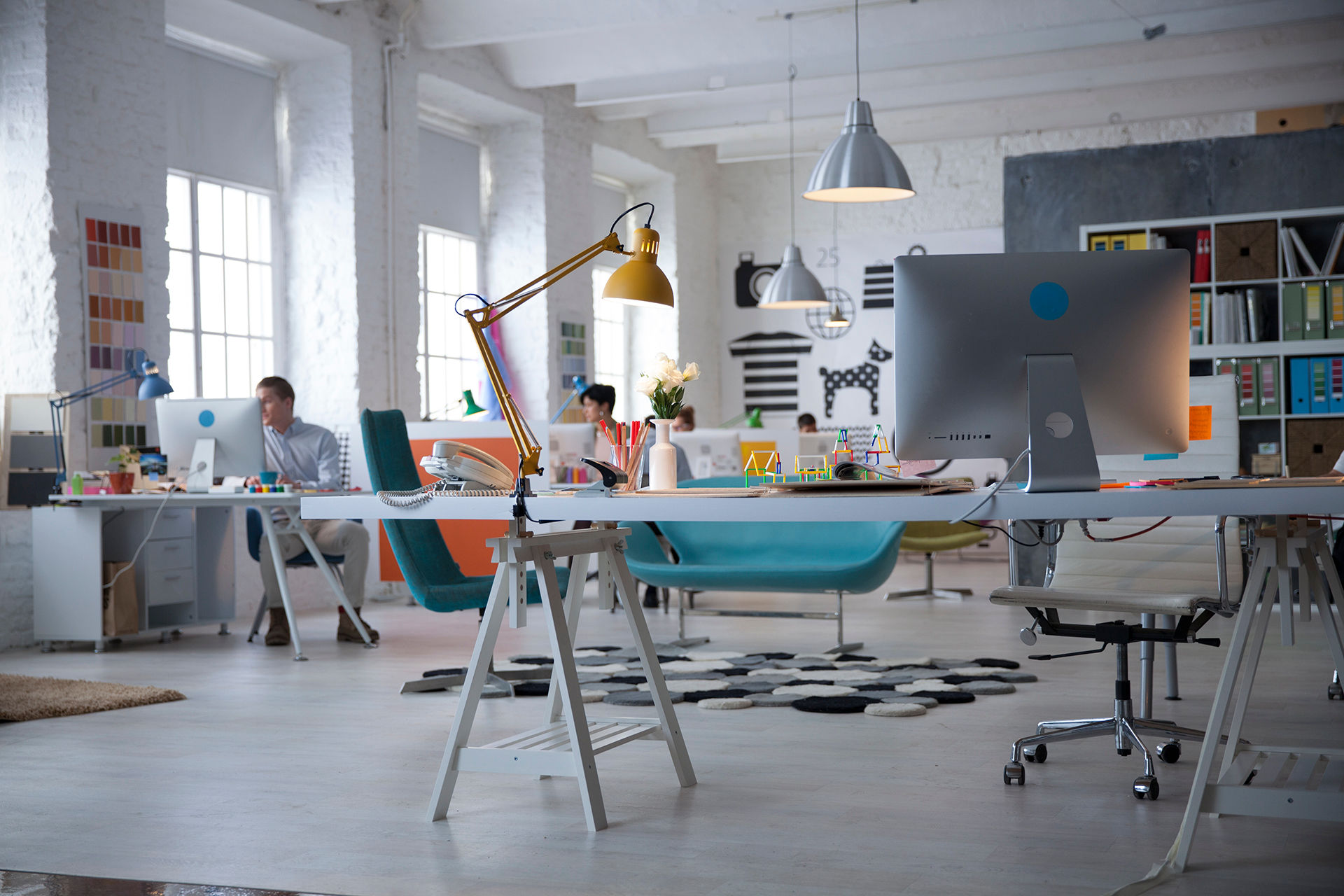top of page

Zmedia Asia Pacific
Branding | Copy Writing | XYZ Tech | XYZ Electric | XYZ Prestige | XYZ Life | Zmedia
Members of the Zymantas Alliance
"The Experts from A to XYZ"
Widget Didn’t Load
Check your internet and refresh this page.
If that doesn’t work, contact us.
bottom of page
